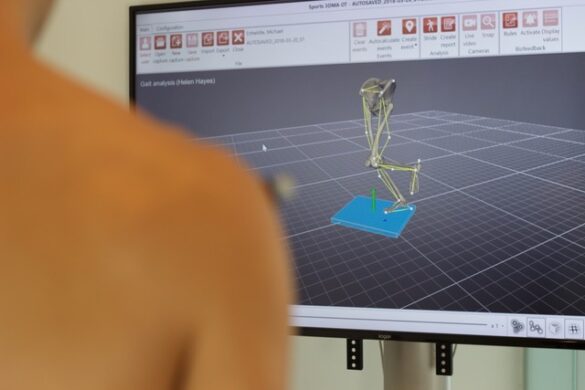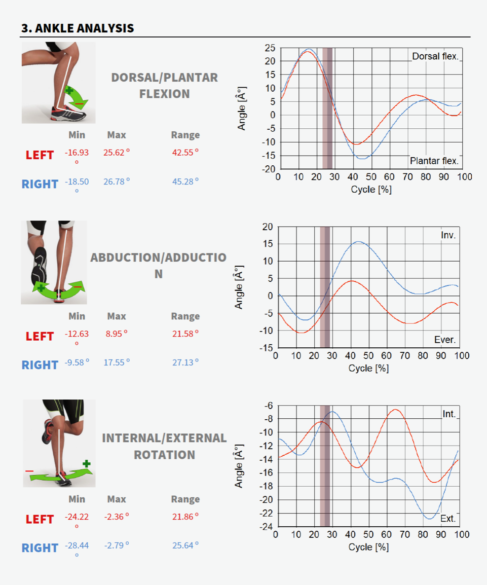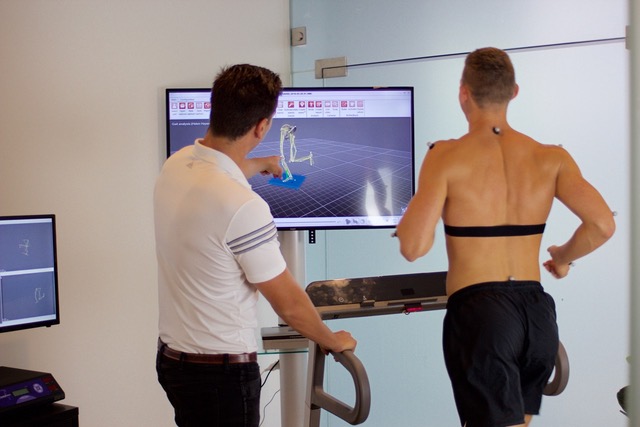Physiotherapist Jon McLennan from Aevum Physiotherapy joins us to unpack how knee pain affects runners and the best ways to manage this common running injury.
At the beginning of every new year we physios see two things happen.
- People include fitness in their new year’s resolutions.
- Well-intentioned but unprepared and injured runners present to the clinic.
Motivated people are perhaps the most guilty of trying to tackle too much too soon, and we see this in running all the time.
Knee pain in running is common but equally avoidable. “Runner’s knee” (or as we call it in the clinic, patellofemoral pain) is one of the most common injuries runners suffer from.
What is “Runner’s Knee”?
It’s pain in the front of the knee that has come on gradually without any obvious incident. It generally feels like the pain is behind or around the knee cap. With patellofemoral pain, the pain can often be hard to pinpoint and can even feel like it is moving around the knee on different days (Yes, this is normal. No, we don’t think you’re going crazy or making up the pain).
Pain is most commonly produced by activities or movements that increase the pressure of the knee cap on the femur underneath it. This can be things such as squatting down, walking up or down stairs, running or jumping. It can also come on after sitting for long periods of time, as the kneecap is under more pressure when the knee is bent. You might also find your knee is noisy when bending and straightening or there might be a bit of swelling, though this isn’t always the case.

What can I do to ease the pain of “Runner’s Knee”?
The first step is load management, which means easing the amount or frequency of pressure on the joint so it has time to settle down.
Your physio can help you with this in the following ways:
- Use strapping tape to unload the knee temporarily
- Prescribe quads and hip exercises to increase the muscle support around the knee
- When running, slightly increase the number of steps you take per minute (cadence). You can pick a playlist with songs close to your target beats per minute to help you.
- Shorten your runs for a little while or even having a couple of days off if the pain is affecting your running.
- Try to land with your foot under your knee when running, to limit overstriding.
- Aevum physiotherapy has a state-of-the-art 3D running analysis lab which can assess whether you are overstriding, measure your steps per minute and fully assess your biomechanics for other potential causes of pain. Then our physios can accurately recommend ways to improve.

Sample of running analysis report
In addition to these steps, selecting appropriate running footwear can help. Unfortunately, those Dunlop Volleys from 1999 just won’t cut it and we are fortunate to have some great running shoe specific stores in Kirrawee and Cronulla.
But I have a running event coming up, can I still participate?
The good news is that while “Runner’s Knee” can be a very painful condition, running on it is unlikely to cause any lasting damage. This means that, with the guidance of your physio, all hope isn’t lost. It is, however, not advisable to run on worsening pain or pain which is affecting your form as this could lead to other injuries.
So in short, consider talking to your Physio before you start nailing those new year’s resolutions this year- and you’ll be far more likely to turn them into year-long habits!
